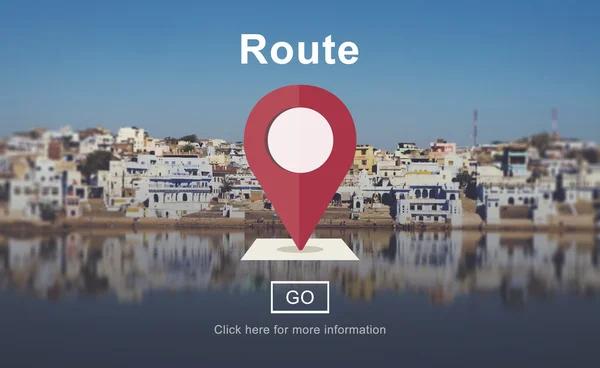The City of Greater Dandenong, located in the southeast region of Melbourne, Australia, is renowned for its vibrant and diverse community. It is home to over 160 different nationalities and has been a model city for multiculturalism. However, with rapid urban growth and increasing population density come significant challenges that necessitate tailored town planning solutions.
One key aspect of these tailored solutions involves creating an environment that fosters social inclusion and cohesion amidst cultural diversity. This requires careful consideration of public spaces such as parks, community centres, shopping precincts, schools and healthcare facilities. These spaces need to be designed in a way that encourages interaction among residents from various ethnic backgrounds while also accommodating their unique needs.
Another critical component of Town Planner Monash planning in Greater Dandenong is addressing housing affordability issues. With the city’s growing popularity as a residential destination comes increased demand for affordable housing options. Tailored planning solutions should therefore focus on facilitating the development of mixed-income residential projects that offer both market-rate and below-market-rate units.
Transportation infrastructure is another area where tailored solutions are needed. The current public transportation network may not be sufficient to cater to the needs of all residents effectively or efficiently given the city’s geographical spread and population distribution patterns. Therefore, strategies such as improving existing bus routes or introducing new ones; developing cycling lanes; enhancing pedestrian-friendly infrastructure; or exploring innovative mobility options like ride-sharing services could be considered.
Moreover, environmental sustainability must be at the forefront of any town planning strategy for Greater Dandenong. This includes incorporating green building practices into local construction regulations; promoting energy efficiency measures; encouraging water conservation efforts through rainwater harvesting systems; implementing waste management programs aimed at reducing landfill volumes; preserving natural habitats within urban areas by protecting parks and open spaces; and establishing guidelines for sustainable land use practices.
Lastly but importantly, effective engagement with local communities during the planning process can lead to better outcomes overall because it ensures that plans reflect residents’ needs and aspirations. This can be achieved through regular public consultations, surveys, workshops or other participatory planning methods.
In conclusion, tailored town planning solutions in Greater Dandenong should focus on promoting social inclusion and cohesion; addressing housing affordability; enhancing transportation infrastructure; prioritizing environmental sustainability; and engaging with local communities. By doing so, the city can continue to thrive as a vibrant multicultural hub while also ensuring that its growth is sustainable and inclusive for all residents.




